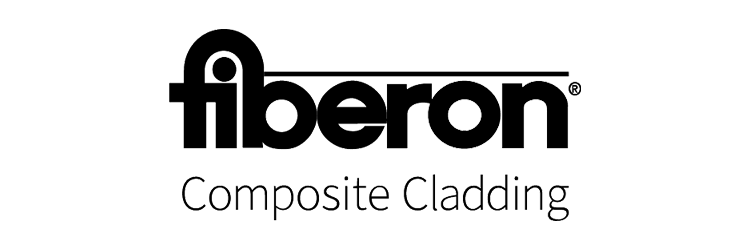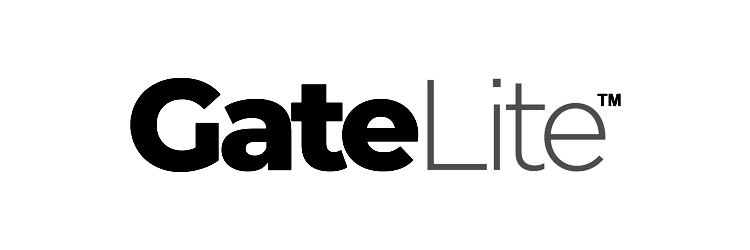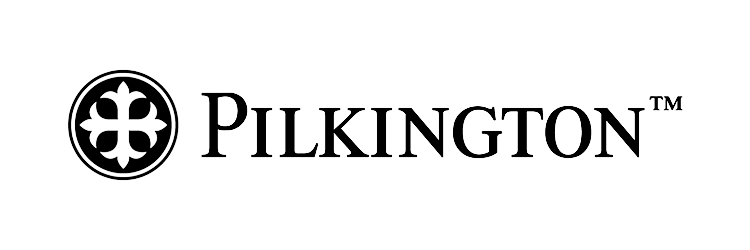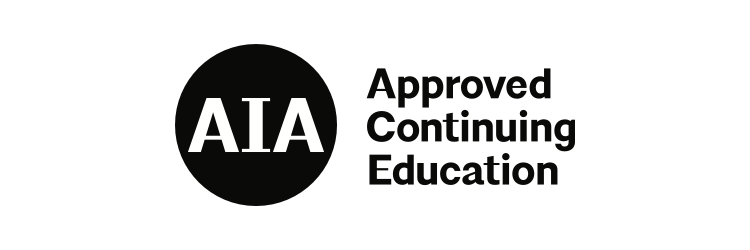Southeast
EVENT THEME
Detailing High-Performance Facades: Cladding Decisions and Sealant Strategies
Today’s high-performance facade standards require the deft balancing of aesthetics, technical detailing, and the demands of the client and local building regulations. This workshop will discuss both material and technical solutions to meet those standards. Experts will be on hand to lead tutorials on the most recent innovations in rainscreen cladding, sealant solutions, and much more. Attendees will leave with a greater knowledge of material applications at the cutting-edge of energy performance and code compliance, all while learning of attractive solutions for clients and end users.
view_agenda Agenda
10AM - 11AM
Credit type: 1 LU|HSW
Provider: Pilkington
Different buildings have differing needs for aesthetics, performance, and functional operations. Few building materials have as great an impact on all three of these areas as glass since it plays a unique and important role in building design and the environment. The use of glass in buildings affects design, appearance, thermal performance, and occupant comfort.
Historically, glass was used mainly for windows to admit air and light, but with advanced manufacturing options and the need for high performance buildings, it is now integral to interior and exterior architecture. Glass now plays a critical role in achieving a wide variety of dynamic and varied performance requirements from reducing bird strikes to generating power. These evolving technologies enable a variety of occupant and building performance improvements such as air quality improvements, fire protection, and improved acoustic performance.
Additionally, these technologies can be used to enable significant reductions in the energy usage of existing and new buildings, which further improves sustainability and the push towards zero net carbon building future. Therefore, the selection of the right types of glass is a crucial element of the design process to create solutions that not just achieve the performance and aesthetic targets, but also directly lead to the greater goals of occupant health and comfort as well achieving the macroscale building demands in terms of sustainability and operations. Architects who understand the full range of possibilities available from glass manufacturers can use them to design the aesthetics, performance, and wellness standards required of the built environment today.
Learning Objectives
- Identify the different types of high-performance glass that are available and explain how these products impact occupant health, safety, and sustainability.
- Investigate the design potential and innovative opportunities to reduce bird strikes, improve sound attenuation, reduce fire risk, and improve surface cleanliness using advanced glass technologies.
- Explain how window retrofit technologies and power generating/dynamic glazing contribute to green and sustainable design in buildings.
- Acquire insights into emerging technologies being used to achieve healthier, safer, and more sustainable buildings, beyond achieving performance and aesthetic targets.
11AM - 12PM
Credit type: 1 AIA/HSW
Provider: Kawneer
Architectural Aluminum Framing systems provide consistent protection from flying debris during a hurricane event. Architects must select the correct systems for their projects based on governing codes, location, wind loads and building use category.
Learning Objectives
- Know how to evaluate and understand specific project requirements based upon the project location
- Understand the performance requirements described in ASTM E1886 and E1996 along with TAS 201, 202 & 203, how requirements impact these systems and evaluating systems based upon the zone outlined in the standard
- How to evaluate and follow a manufacturer’s impact tests when specifying a system and reviewing shop drawings
- Identify the characteristics, features and benefits of impact tested systems
12PM - 1PM
Credit type: 1 LU/HSW
Provider: Atlas Roofing
Complex project designs & evolving enclosure material options combined with demanding weather conditions & confusing product performance attributes can be challenging to synthesize. Because thermal value code targets are increasing, along with the uncertainty of future energy costs & weather patterns, getting the project’s insulation strategy right is critical. This session examines the performance attributes of exterior insulation options under real world conditions to better enable the design & installation of higher performing, more resilient and durable walls.Learning Objectives
- Understand current building code requirements and testing methodologies for fire propagation and smoke development. Given assembly testing following the Grenfell tragedy, attendees will better understand NFPA285 fire propagation testing in relation to actual material properties and performance.
- Review material properties governing moisture and air performance as they pertain to conditions encountered in rainscreens and masonry veneers so as to best understand the actual performance characteristics of insulation specification choices.
- Understand conditions that pose unique challenges, including multiple drain planes, drainage efficiencies, increased water absorption, and water vapor transmission. Recognize risks associated with exterior insulation when used in combination with cavity insulation, interior vapor retarders, and low-perm water-resistive barriers.
- Understand the effects of wind-washing and convective heat loss in modern rainscreen systems. Identify and prevent conditions that jeopardize the thermal insulation layer, which may in turn affect moisture transfer and overall wall performance.
1PM - 2PM
Credit type: 1 LU|HSW
Provider: FIberon
Learning Objectives
- Identify potential moisture management issues that can cause harm to both a building’s aesthetic and structural integrity as well as occupants’ health and safety.
- List four basic components of rainscreen wall systems that help minimize rainwater passage into the wall and effectively dissipates any water remaining back to the exterior.
- Compare and contrast the suitability of various cladding materials to serve in rainscreen systems, particularly their durability, sustainability, and safety.
- Evaluate wood-plastic composite (WPC) cladding options for use in rainscreen applications, including recyclability, strength, and life-cycle cost attributes.
2PM - 3PM
Credit type: 1 LU|HSW
Provider: Gate Precast
Through technological advancements in concrete building systems including modeling, modular forming, 3D printing, finishing techniques, unitization, and safety, attendees will learn how to address unique design challenges.
Through these innovative approaches, efficient building designs can meet sustainability goals.
Architects and engineers in pursuit of healthier construction materials can utilize the material transparency provided by product declarations to analyze material options used in prefabricated concrete building systems to make informed building material choices that have a positive impact on our environment.
Learning Objectives
- Review current architectural precast means and methods to meet unique design challenges. Understand how to realize design goals with cutting-edge forming and finishing techniques.
- Learn about the recent advancements in the technology of architectural precast, and discover how research of new materials and methods for carbon reduction can assist designers in making informed decisions in the building product selection.
- Learn about new lightweight unitized systems, which expand the pallet of options for design teams.
- Illustrated through a range of project case studies, see how the prefabrication of unitized façade systems helped project teams obtain their design goals while maintaining budgets.













